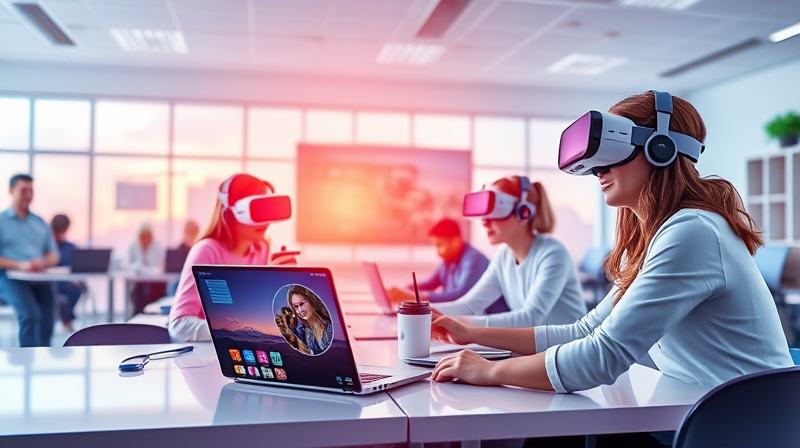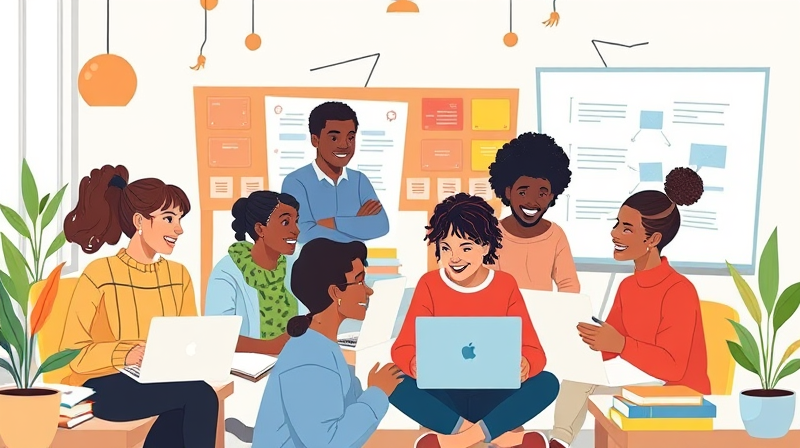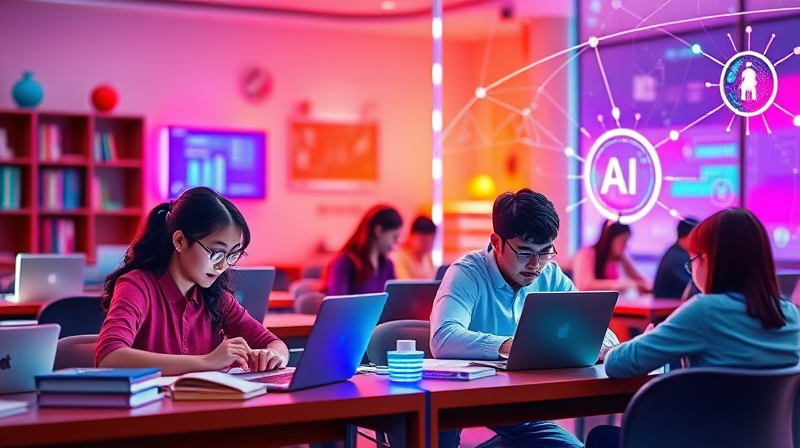In an era defined by rapid technological advancements, education has undergone a transformative revolution. Online learning has emerged as a dynamic alternative to traditional classrooms, offering flexibility and access previously unimaginable. However, the true potential of this digital shift is unlocked when it is merged with real-life applications. This hybrid approach bridges the gap between theory and practice, ensuring that educational concepts are not only learned but also experienced.
Educators and learners alike have recognized that the key to a deeper understanding of complex subjects lies in the active application of learned concepts. When students translate theories into practical, everyday use, they build skills that stand the test of time. This model of learning by doing not only reinforces knowledge but also makes education more engaging and relevant to real-world challenges.
The Benefits of Merging Virtual and Real-World Learning Experiences
There are several significant advantages to integrating online instruction with hands-on experiences. This method enhances educational outcomes and has proven to be especially effective in aiding knowledge retention and skill development.
- Greater Retention Through Practice: Studies indicate that when learners apply knowledge in real-world contexts, retention rates can soar up to 75%. This is because the process of implementing what is learned in practical scenarios solidifies understanding far better than passive consent.
- Enhanced Flexibility and Accessibility: Online learning platforms provide a level of flexibility unmatched by traditional models. Students can follow their own pace while incorporating real-life experiences such as internships and community projects that bring academic theories into everyday practice.
- Proven Success with Blended Learning: Research by the U.S. Department of Education has shown that students in blended learning environments, where online instruction is combined with face-to-face interaction, tend to outperform those who experience a single form of delivery. This model encourages critical thinking, collaboration, and active participation in the learning process.
The benefits extend beyond academic scores. These approaches prepare learners for the increasingly complex demands of modern workplaces, where decision-making and problem-solving are key. By bridging the gap between digital lessons and hands-on projects, students learn to apply their education in contexts that mirror real-world challenges.
Moreover, this hybrid strategy supports a more inclusive learning environment. Online platforms cater to students from a broad range of socioeconomic backgrounds by offering access to resources and expert knowledge that might not be available locally. When combined with practical application, the result is a versatile educational experience that equips learners with the tools they need for success in an ever-evolving global landscape.
Practical Strategies for Combining Online Lessons with Real-Life Learning
Implementing a model that bridges online learning with real-world application requires thoughtful planning and dedication from educators. Here are some practical strategies that help in bringing this vision to life:
- Integration of Technology: Utilizing virtual reality, interactive simulations, and gamification within online platforms can make theoretical knowledge come alive. For example, medical students benefit immensely from VR simulations that mimic high-pressure clinical settings, enabling them to practice life-saving techniques in a risk-free environment.
- Community-Based Projects: Engaging students in team projects that tackle real-life problems not only hones their collaborative skills but also provides them with experience in applying coursework. These initiatives, such as local community projects or workplace simulations, create a bridge between academic learning and the practical demands of professional life.
- Contextualizing Course Content: Courses that tie in current events, everyday challenges, or even recreational topics like sports and art make learning much more relatable. When theoretical concepts are linked to tangible scenarios, the value and applicability of the academic material become evident.
- Instructor Facilitation: The role of educators is crucial in this integrated learning model. Instructors can drive home lessons by designing creative assignments that encourage students to explore the application of their studies in real-world settings, fostering an environment where students feel both supported and challenged.
Continuing professional development for teachers is also essential. Instructors must be comfortable with digital tools and effective in digital communication in order to create and sustain a productive learning environment. Ongoing training and support can help bridge the gap between digital methodology and practical instruction.
Despite the clear benefits, challenges such as increased screen time and the need for balanced resources persist. Institutions must commit to providing adequate technology training for educators while also considering the well-being of students by incorporating regular breaks and varied study methods.
It is important to acknowledge that finding the right balance between individual online study and collaborative, real-world interaction is crucial. Striking this balance ensures a vibrant educational experience that is both comprehensive and engaging.
Ultimately, the merging of online learning and practical application offers a promising educational path forward. This strategy not only improves knowledge retention but also fosters innovation, adaptability, and critical thinking, all of which are essential skills in the modern world.
The future of education lies in this hybrid model. Schools and universities that embrace this approach are better equipped to prepare students for a future where digital literacy and practical experience are inextricably linked. With the combined power of technology and real-life application, education becomes a journey of discovery, preparation, and endless possibility.
Embracing this integrated approach represents a bold step towards an inspiring educational future. It encourages learners to become not just passive recipients of information, but active creators of their own learning journey, ready to face the challenges and opportunities of tomorrow with confidence and skill.







